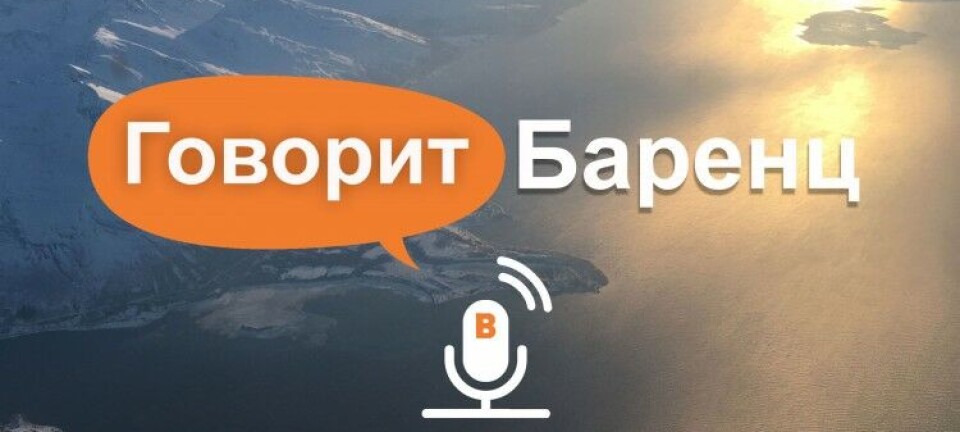The heat is on
Unusual warm weather in the Barents Region makes headache for winter tourism. Santa Claus’ home is nearly without snow and ski-resorts have record late season opening.
As the climate talks are underway in Durban, this fall is on track to become the warmest on record in the Barents Region. The average temperature for September, October and November in Tromsø, northern Norway has been 6,6 degrees Celsius. The former record of 6 degrees for the same period was back in 1938, according the Norwegian Meteorological Institute.
In Lapland, Santa Claus could get difficulties finding enough snow for takeoff with his reindeer sledge this Christmas. In Rovaniemi, Santa’s hometown according to the Finnish tourist industry, there is just slightly some snow on the ground.
- The snow is record delayed this year, says Senior Researcher Anna Stammler-Gossmann at Arctic Centre in Rovaniemi to BarentsObserver. She studies the anticipated impacts of climate changes in northern Finland.
- Not enough snow will harm the winter tourism here, she says pointing to a tourist industry depending on snowmobile- and husky safari, cross country- and downhill skiing. And who want to visit Santa Claus village before Christmas without snow?
Santa Claus and ski-resorts are multi-billion industries for Finland.
Need to be innovative
The tourist business in Rovaniemi are adapting to the climate changes.
- Warm weather and the lack of snow cause changes and variations in the programmes, of course. We cannot yet provide conditions for longer snow mobile or husky safaris in Rovaniemi, so they are organized somewhere more North in Lapland, says Sanna Kortelainen, managing director of Rovaniemi Tourism & Marketing Ltd. to BarentsObserver.
- In the near future we need to be prepared for sudden and long-term changes in weather, that means the winter seasons might get shorter as the “off season weather” is more dominant. The programme service experts need to be innovative and creative in designing the programs, says Sanna Kortelainen.
Winter delayed one and a half month
Further north in Lapland, the town of Sodankylä has not over the last hundred years got the snow as late as this November, according to the Finnish Metrological Service. In the northernmost part of Lapland the October temperature was four degrees warmer than normal. In the village of Kilpisjärvi, the winter is one and a half months later than normal, reports YLE. On Lake Inari, the local fishermen continue fishing from their boats as the water is still without ice.
Problem to make artificial snow
The ski-resort in Levi has so far only managed to open one slope as snow cannons making artificial snow can’t operate effectively without colder weather.
Read also: Where is the snow?
Ice village in jeopardy
Another tourist attraction in Levi that now is in jeopardy is the ICIUM Wonderworld of Ice, a Lappish village with a snow cathedral, a castle, igloos and ice sculptures to be built by world-class artists from Harbin in China. The construction was supposed to start on November 14th, but couldn’t due to the warm weather.
- According to our earlier plan Chinese award-winning artists would have arrived in Finland in November, and they would have turned blocks of ice into glimmering and glittering art object. Our season was intended to start before Christmas, and end in April, says director of Futuvision Group Enna Paavola to BarentsObserver.
- We have not yet canceled building ICIUM Wonderworld of Ice, but if the weather does not change soon, we’ll need to do so. At the moment the ice at Levi is not thick enough so that we could lift it up for building purposes, says Enna Paavola.
Trouble for cold-climate car testing
Arjeplog and Arvidsjaur in northern Sweden is the centre of cold climate testing for the car industry. Warm weather causes lack of income for local businesses. Testing of cars in winter climate brings along some one billion SEK (€700 million) in income for the region every year. For every day that goes without snow and ice they lose millions of kroner.
Speeding Arctic melt
In the high Arctic, the temperatures have been increasing more than twice as fast as the global average, having huge impact on the extent of the summer ice cap. Last week, BarentsObserver reported that Arctic sea ice has declined more in the last half-century than it has any time over the last 1,450 years. The retreat of the ice over the latest few years have been far more drastic than believed only a decade ago.













